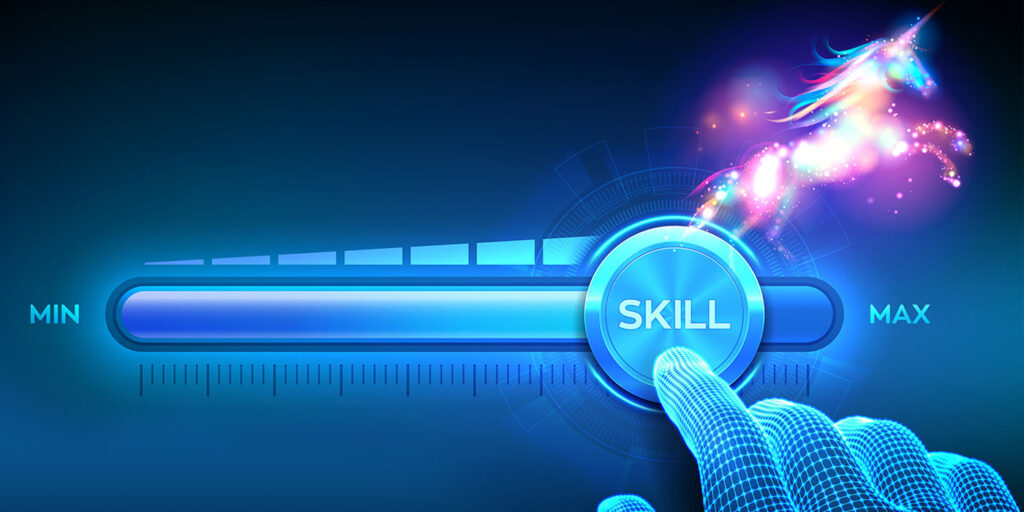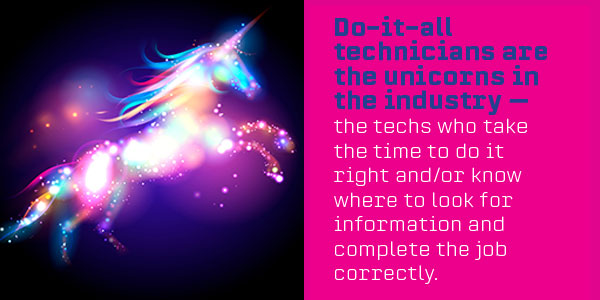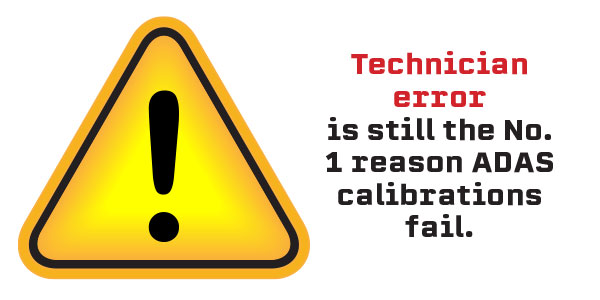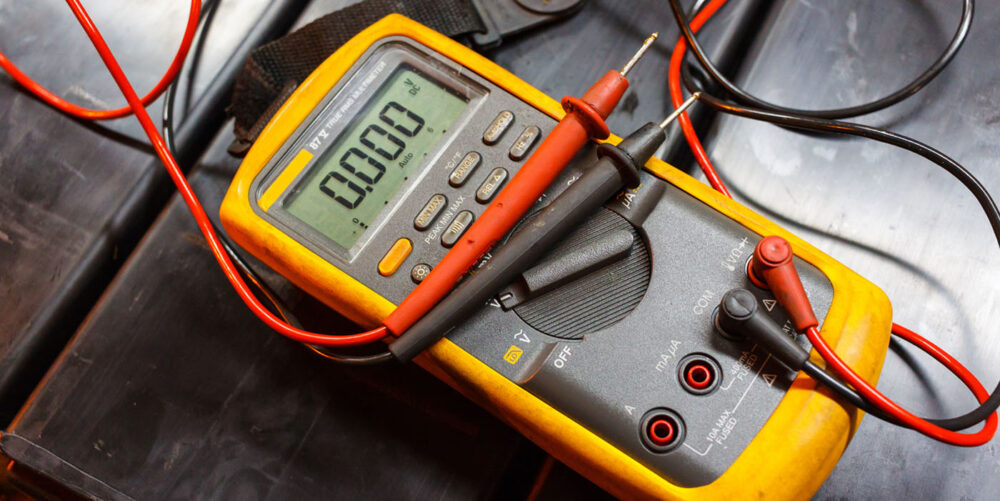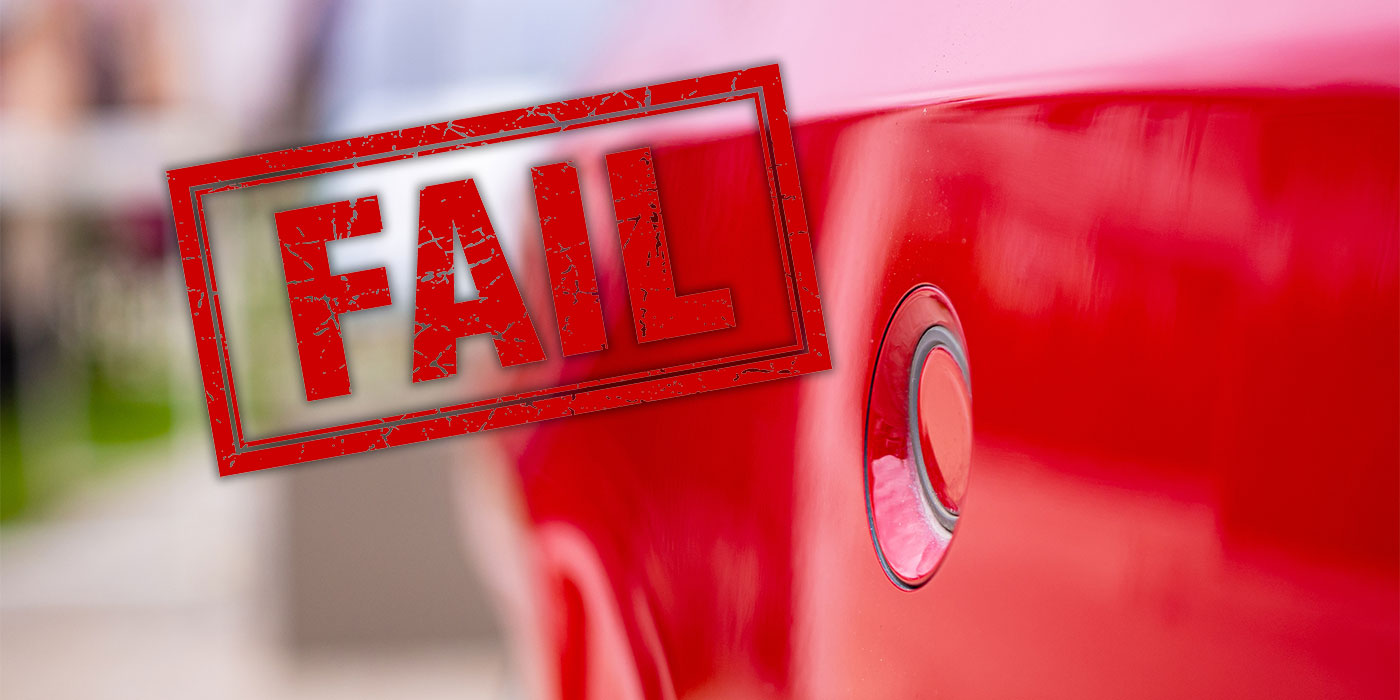What does it take to build an automotive electronics technician?
As I sit here at the SkillsUSA Nationals in Atlanta setting up for the events and talking with instructors and competitors from tech colleges and schools, I’ve been getting asked, “What does it take to train a technician to do ADAS calibrations?” It’s an interesting question to ponder, because all the variables must be addressed before an answer is given.
First, do you just want to calibrate advanced driver-assistance system (ADAS) features, or do you want to be able to diagnose and repair vehicle electronics? That’s a different answer than what was originally asked. ADAS calibrations are one level of skill; diagnosing, programming, wire repair, pin replacement and repairing vehicle electronics are another level. The list goes on from there, based on what level of service you want for the technician and who is servicing vehicles in your shop.
Other variables a shop must consider include vehicle manufacturer requirements, ADAS aftermarket tool manufacturers, shop-certified programs, types of vehicles and types of damage encountered, as well as technician capability and support. But there is a constant that’s involved in the answer to the question: time. Just like any other type of technician training, it will take time. You can train on procedures and the basics of an operation, but it takes time to develop and learn how to troubleshoot through issues. There are new tools that are making it easier to do procedures that are, for the most part, straightforward. But when something goes wrong, it’s the troubleshooting or diagnostic skills experience that’s valuable — and that comes with experience working in the field, which takes time.
What Level Do You Want?
You have three options in your shop to complete calibrations to validate that the vehicle is correctly repaired:
- Dealer
- Sublet
- In-house
We all know the dealer has the equipment, software and support to complete the repairs on your vehicle. We also know the drawbacks of using a dealer for service work. A shop has to weigh the pros and cons of using dealers for servicing its customers’ vehicles — that has been many collision repairers’ experience with any aspect of repairs.
Subletting electronics calibration and repair has quickly become a staple in the automotive repair world. Shops and body technicians have never really wanted to deal with the vehicle electrical system, as chasing shorts and bad wires along with component issues was, to say the least, unfamiliar, time consuming and exhausting. Sending the vehicle to the dealer or mechanical shop was a better use of time and less frustration to all.
When airbags came onto the scene, having a mobile electronics technician to handle airbags and other safety components became a valuable asset. These electronics technicians became the go-to people for all sorts of electrical issues that became increasingly prevalent in the repair process as more electronics were being manufactured into the vehicle. Since you had a mobile guy, body technicians did not need to learn the electronics. This is important to note: You expect an electronics/diagnostics technician to be able to troubleshoot and repair many systems in your customers’ vehicles. Then, ADAS appeared on the scene, and mobile electronics/diagnostics technicians took on this task also. They started providing the calibrations your customers’ vehicles required, maintaining the full-service technician you need.
Now, you as a shop have become accustomed to an electronics/diagnostics technician who has the skills, experience and equipment to complete all of your needs. So when I’m asked, “What does it take to train a person to do ADAS calibrations,” I respond, “What skill level do you need?”
For example, auto glass technicians who has been properly trained to do calibrations after a windshield replacement are not ADAS technicians. They’re forward-facing camera specialists, as that is what their skill level is. If they can do programming, blind spot, adaptive cruise control (ACC) and rear camera and can remove bumper covers to align brackets and modules along with surround-view systems, they may be considered ADAS technicians. Now you start to see the different levels of skills I’m referring to. But is that the level of technician you need for your shop?
In the collision world, the vehicle is smashed. Wires are cut and crushed, and shock damage to components is common. Being able to read a wire schematic and chase down diagnostic trouble code (DTC) faults with a digital volt Ohm meter (DVOM) and flow chart are the skills of an electronics/diagnostics technician. The ability to look up, research and repair the wires and harnesses correctly is a skill you want in your shop. The technician who provides you with the information you need to validate the costs and time to repair the vehicle is an incredible asset to you and your technicians as well as the customer.
What Does an ADAS Technician Need?
This is a question that has two answers. In this case, the answers are: the proper tools and the ability to use them correctly.
There are original equipment (OE) tools and tools that use OE software. As a certified shop, are you under contract to use the OE software for your repairs? If so, does your sublet use the correct software while either repairing or calibrating your customers’ cars? Vehicle manufacturers are changing access to modules and systems in vehicles to restrict unauthorized access to their components. Using the OE software and paying for the subscriptions keeps your shop and customers up-to-date on the repairs.
There are a large number of aftermarket tools that are fairly easy to learn and operate on a variety of vehicles. Instructions are usually step-by-step and straightforward for most to learn. You can buy packages based on vehicles you need work done on.
The ability to use the tools correctly is a different factor. Some of this comes down to the technician’s integrity. No matter which tools you use, OE or aftermarket, you must follow the instructions diligently. In calibrating ADAS features, this becomes critical.
I was recently questioned about the difference between two companies and their needs for space to do a blind spot calibration. Company A said it needed a level surface and space to complete. Company B said it could do it in a parking lot. Company A did a calibration following OE procedures using targets and alignment. Company B was called to do a calibration that required the same target procedure. The difference was that the Company B technician jumped in the vehicle, cleared codes and billed for calibration — never even completing the calibration. We all know there are people out there who cut corners. Do you as a shop or manager know the difference?
When a vehicle is being calibrated, no matter which tool or software is being used, the technician’s ability to use it correctly becomes important to success and your shop’s reputation. If the technicians are using everything by the book, when something is wrong or does not work, they can troubleshoot problems on the vehicle knowing they followed all the steps they were supposed to for the calibration.
When technicians do not discipline themselves to follow the service information correctly, problems will occur. I cannot tell you how many times calibrations have failed because of measurements for targets being wrong, a faulty environment with light and shadows, incorrect chassis information in the scan tool or software being used, the scan tool not being able to access that vehicle or the electronic control modules correctly, battery voltage not maintained during calibration with a battery maintainer, or trying to work with modified vehicles. Technician error is still the No. 1 reason ADAS calibrations fail.
With the confidence and ability to use the equipment correctly, when failures occur (and they will), the technician will need to troubleshoot why the calibration failed. This is where problem-solving skills and reasoning skills become a trait all electronics technicians must have.
By looking at DTCs, the technician starts looking for communication errors. Many times, this will lead to a sensor unplugged. In many cases, a parking assist sensor is in the wrong location or upside down on a bumper cover. In the case of a forward-facing camera, it’s amazing to see so many glass technicians leave the camera hanging by the wires while replacing the glass. It does not take a great deal of shock from replacing the windshield and knocking the camera around to damage the camera. The reality is that for ADAS technicians to be successful at calibrations, they need proper software and tooling to access the vehicle, the ability and ethics to follow the instructions, and problem-solving skills.
What if it’s not a simple fix when calibrations fail? What if there are still damaged components or wiring? This is where the transfer from an ADAS technician to a diagnostics technician or electronics technician occurs. The ability to understand electricity and computer components as well as wiring harness routing and repair and replacement come into play — maybe even the ability to pull the dash and more. Again, this is up to a different skill level of technician who has gained these skills through experience and time.
Many shops prefer to have one guy who is a do-it-all type of technician. Calling multiple companies creates confusion and can be poor vendor management. Some would say these do-it-all technicians are the unicorn technicians in the industry — the techs who take the time to do it right and or know where to look for information and complete the job correctly. They know how to diagnose and repair and document what they did and why. What you really want is that unicorn technician servicing your shop for your sublet repairs. But they’re called unicorns for a reason. It takes time for technicians to build up these skills and gain the experience they need to earn your trust. They’re also elusive and hard to find.
In-House
The level of technician you need in a sublet provider is also the level that will be needed if you decide to bring electronics repair in-house and train a current teammate. There are some differences to keep in mind:
- When you purchase equipment for your shop, the learning will be as you go and gain experience. Sublet vendors have the advantage of apprentice training or on-the-job training of technicians. For shops going their own route, there will be growing pains without a guide.
- What level of support will you get for your technician, and where do you go for that support? These are questions and issues you’ll need to plan for and realize that sometimes you may need to send the vehicle to another service provider to complete. It happens to all technicians. There truly is no one expert who knows all.
- Know how and why the technician must follow all steps of the procedures documented in the scan tool and software being used. Not knowing why can make for some bad decisions.
- Understand updates and subscriptions when using OE software and/or scan tools.
- The technician will need to have the ambition to learn and want to learn more. That person will need to want to research how something works to be able to understand its operation.
Summary
Buying the correct equipment can be the best start to creating an ADAS technician, as you can do a lot with just following instructions. You just have to know that Murphy’s Law is always working out there. What can go wrong usually will. What you do to fix the issue is the next step. Do you know what level of technician you need?

